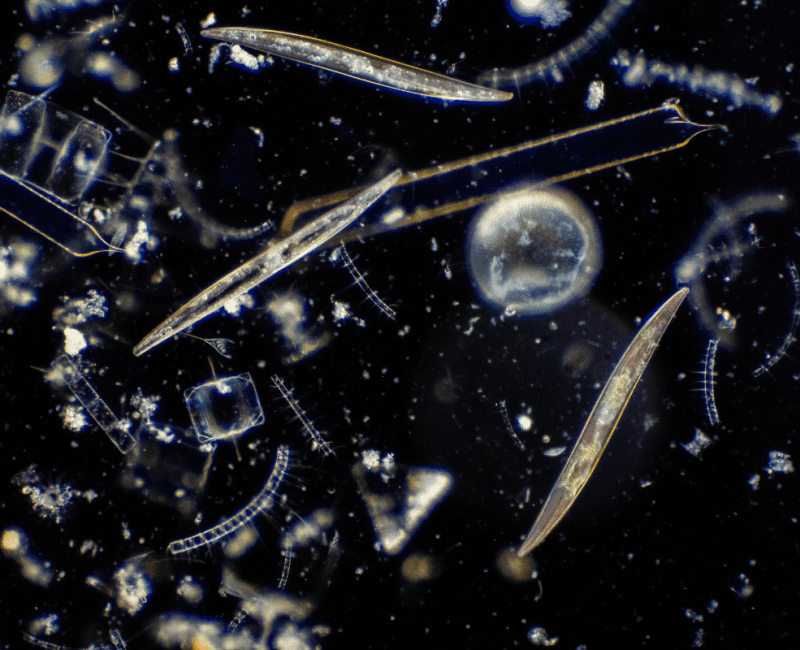
This project determined disinfection by product contribution from chlorination of algae…

This project determined disinfection by product contribution from chlorination of algae…

Source waters contain a class of chemical compounds collectively known as ‘bromides’…
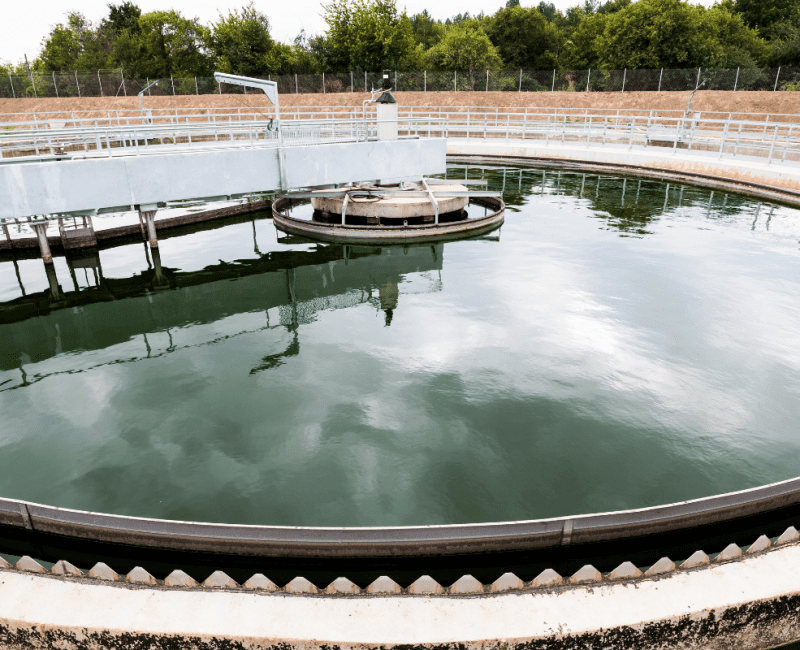
N-nitrosodiumdimethylamine (NDMA) in drinking water is one of many factors – such as a persons’ genes – that cause cancer…

Recycling wastewater by using reverse osmosis (RO) and ultrafiltration appears to be associated with the formation of some groups of micropollutants but there is not much information about these processes…
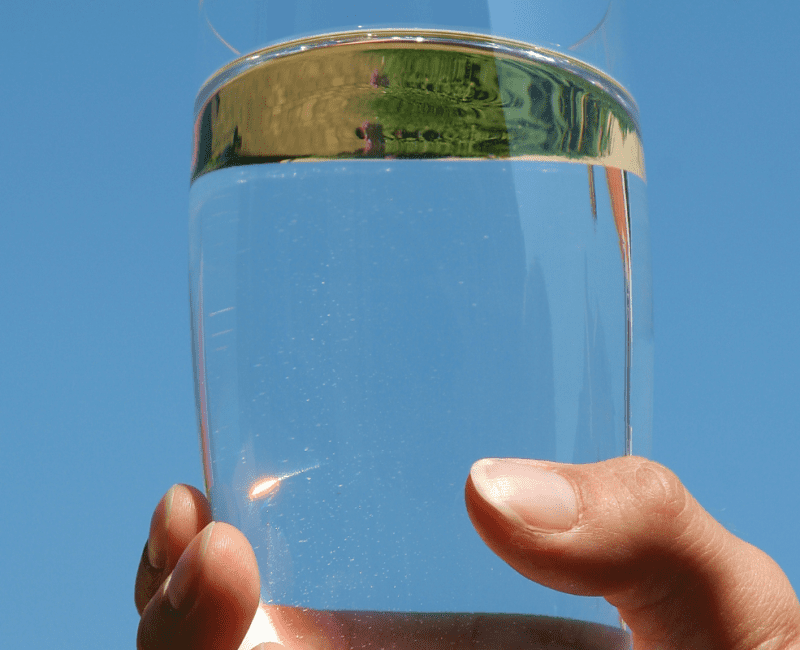
Disinfection is essential for removing harmful microbial pathogens and making safe drinking water but can also cause formation of disinfection by-products (DBPs), some of which pose a health risk…
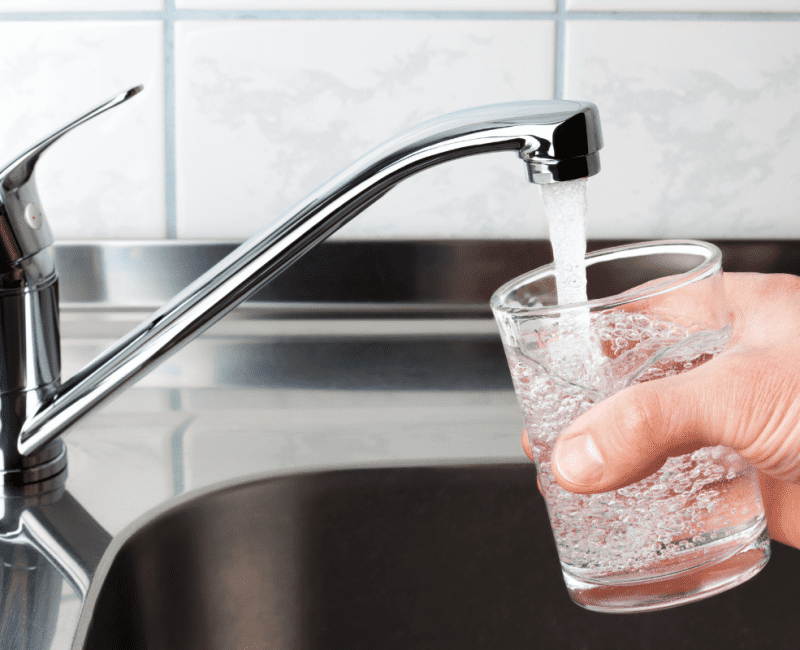
Microscopic pathogens in drinking water pose a risk to public health…
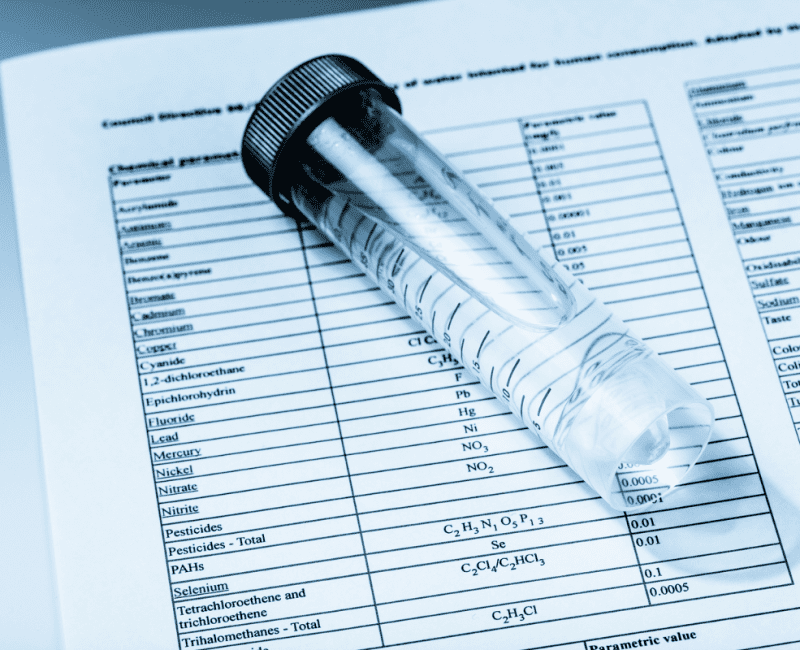
Source waters are disinfected to remove harmful pathogens, but chlorine reacts with organic matter and bromides to form disinfection by-products (DBPs) which can affect health…

Components of dissolved organic matter (DOM) and dissolved organic nitrogen (DON) in source waters can react with disinfecting chlorine or chloramine to form nitrogenous disinfection byproducts (n-DBPs) which might be toxic and hazardous to health…

Cyanobacterial blooms in surface waters are a source of cells, taste and odour compounds, and a range of toxins…

Chlorine removes harmful pathogens from water but has the disadvantage of forming disinfection by-products (DBPs) by reacting with organic matter sometimes found in water…